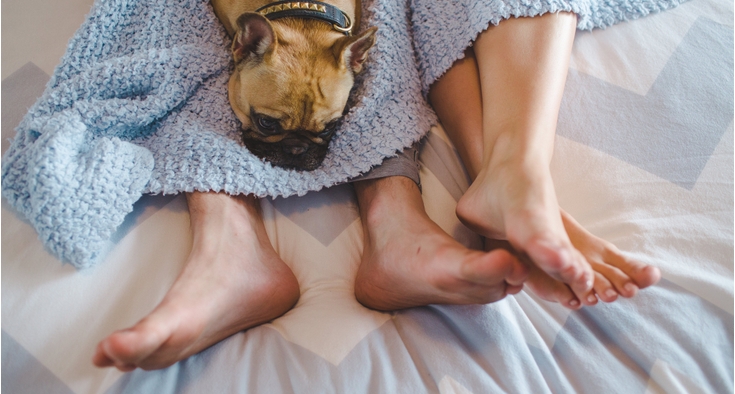Restless legs syndrome (RLS) is an irresistible, often maddening urge to move the legs that usually starts when you’re at rest. The legs become uncomfortable, you feel the need to move them to alleviate the sensation and the cycle repeats itself, sometimes making it difficult to relax or sleep.
Sleep medicine specialists at Novant Health Sleep Medicine in Charlotte explain the condition, why it’s more common in women and options for treatment.
Symptoms of RLS
Patient descriptions of the symptoms tend to run the gamut: creepy-crawly, like worms moving in the legs, soda bubbling in the veins or even itching bones.
The severity of the symptoms also vary. Most RLS patients have the sensations in their calf but it may be felt anywhere from the thigh to the ankle and one or both legs may be affected. Occasionally, for some people, the sensations occur in the arms.
Common misdiagnoses
Partially due to patients’ descriptions of their discomfort or pain, proper diagnosis isn’t always easy.
For adults, if they don’t look at what the symptoms really are, they might think the symptoms are related to arthritis or other painful or uncomfortable conditions that affect the legs. For kids, one of the big misdiagnoses is the family thinking the kid is just having growing pains.
Not something new
RLS' exact causes are still largely unknown. Some cases, especially those in younger patients, are believed to be inherited.
The first known description of restless legs syndrome being associated with sleep problems was in an article by English physician Sir Thomas Willis in 1672. Swedish neurologist Karl-Axel Ekbom introduced the disorder to medical literature in the 1940s. RLS is sometimes called Willis-Ekbom disease. In the past, it used to be considered a psychiatric issue.
RLS more common in women
RLS is more common in women, and common during both pregnancy and menopause. Research suggests this may be due to hormonal changes. But men get RLS, too. As everybody gets older there’s a higher prevalence of restless legs in both men and women, and people with kidney failure are also more prone to restless legs syndrome.
Iron-rich food suggestions
Low iron levels are associated with restless legs for both women and men. Behrens suggested spinach, black beans, meats (she notes that a lot of people are getting plenty of meat already), iron-fortified cereal and bread and dried raisins and apricots for patients interested in raising their iron levels. For those taking iron supplements, Behrens suggests vitamin C supplements as well to help the body absorb the iron.
Getting regular exercise (at least 30 minutes, three days a week) and cutting back on caffeine are two other great ways to reduce chances of having restless legs syndrome. Stretches before bed may also be helpful. Try to avoid alcohol before bed, which may worsen symptoms.
In the moment of symptoms flaring up, leg massages, heating pads and/or a warm bath may help. A sleep specialist can prescribe pill medications or a patch to calm the brain's receptors to RLS symptoms.







